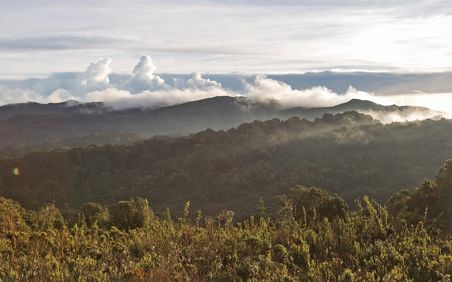World Heritage site to become indigenous region

Thousands of hectares of two protected areas, one of them a World Heritage Site, will be granted to the Naso region under the protection of a bill endorsed in first debate, which creates that indigenous region.
The proposal, , creates the region on 125,141 hectares belonging to the Amistad International Park (PILA) and 21,722 hectares of the Protected Forest Palo Seco, between Bocas del Toro and Chiriquí.
The PILA was declared a World Heritage Site by the United Nations Educational, Scientific and Cultural Organization (Unesco ), a distinction shared with neighboring y Costa Rica. Reports La Prensa.
The natural reserve has 400,000 hectares, with 193.000 are in Costa Rica and 207,000 in Panama.
Both the PILA and Palo Seco Protected Forest are part of the Mesoamerican Biological Corridor, a chain of natural reserves that extends throughout Central America, to ensure their conservation.
Environment Minister, Emilio Sempris, said that the Legal Department is evaluating the scope of the bill.
Currently, the Naso district is a corregimiento inhabited by some 5,000 people distributed in 12 settlements.
The PILA would lose 125,000 hectares Over 60% of the 207,000 thousand hectares that make up the Panamanian region of La Amistad International Park (PILA), between Bocas del Toro and Chiriquí, would become part of the Naso Tjer Di region.
This is established in Bill 656 that creates the region and that was approved in the first debate by the Indigenous Affairs Committee of the National Assembly.
The issue generates controversy because the PILA is a protected area of the country and was declared a World Heritage Site in 1983 by UNESCO.





